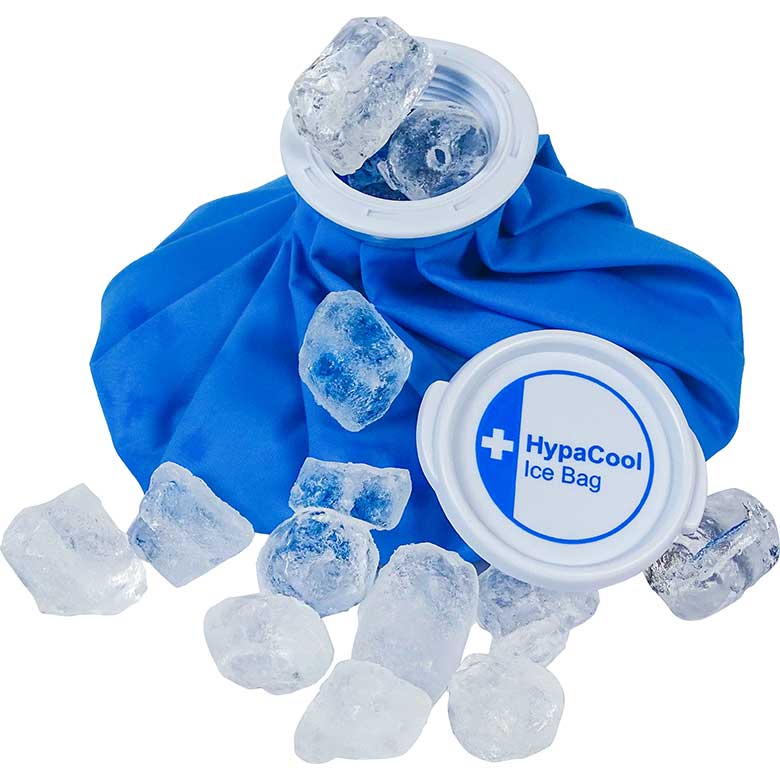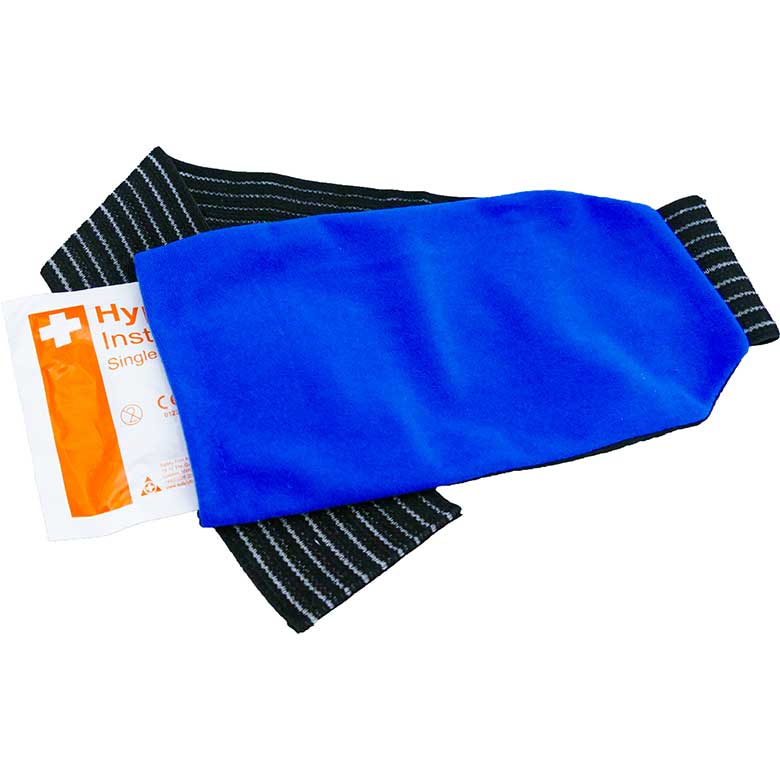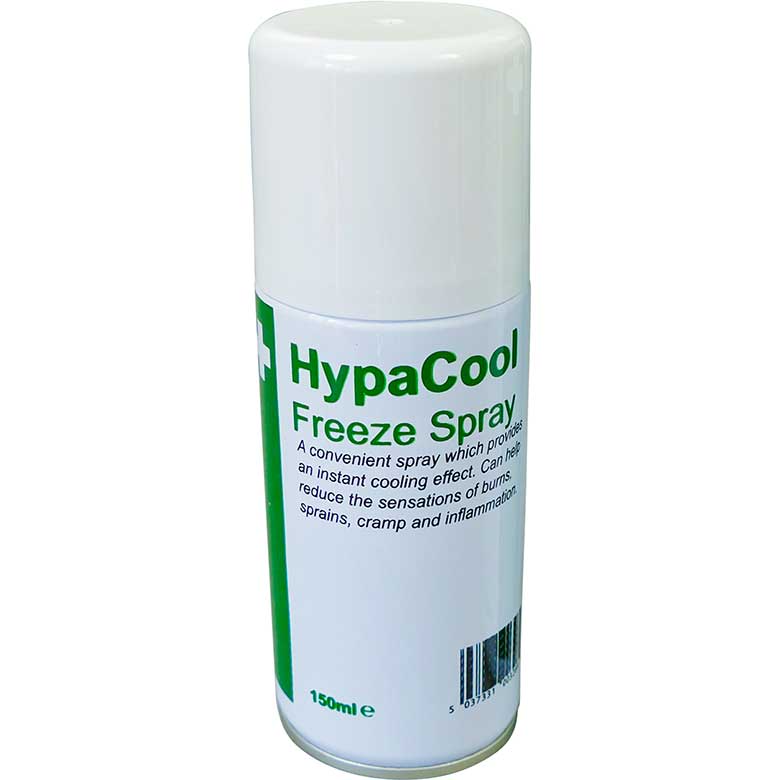
A sprain is a soft tissue injury that occurs when you twist or pull a muscle. It can take a while to heal, but is easily treated through resting, icing and elevating the injury.
What is the difference between a sprain and a strain
The difference between a strain and a sprain is all down to the location of the injury. A strain occurs due to you overstretching, tearing, or twisting a tendon or muscle, while a sprain happens because of the same injury to a ligament. A sprain is located around a joint, while a strain can occur anywhere over the body that has a muscle, most commonly your back or legs.
The PRICE method
The PRICE method builds upon the RICE method originally used when treating sprains and strains, adding the step of “protect”, to shield the area from further injury. It is used during the first 48 - 72 hours to treat any soft tissue injuries, like sprains.
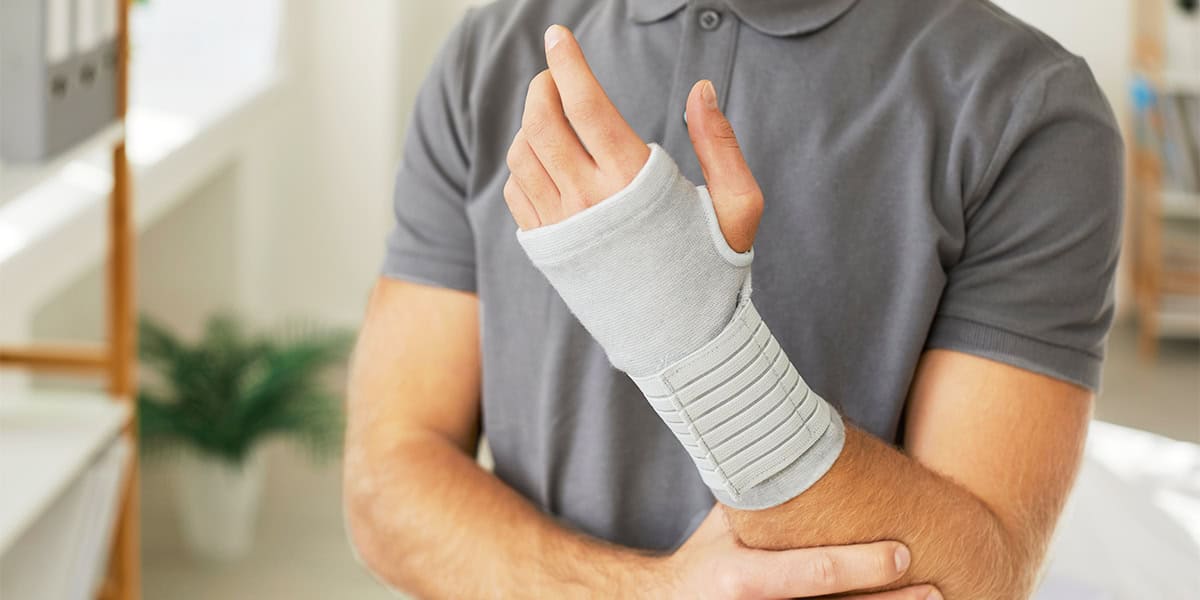
Protect
First for sprains in the PRICE method, you need to protect the injury from further harm. This can be done through the use of equipment, such as bandages, crutches, or a sling.
Rest
You will want to rest the injury as much as possible. When doing first aid for a sprained ankle or knee, it is best to keep your weight off of it as much as possible, so while you can try walking on a sprain it is best not to do too much.
Resting and allowing your sprain time to recover, will allow it to heal quicker.
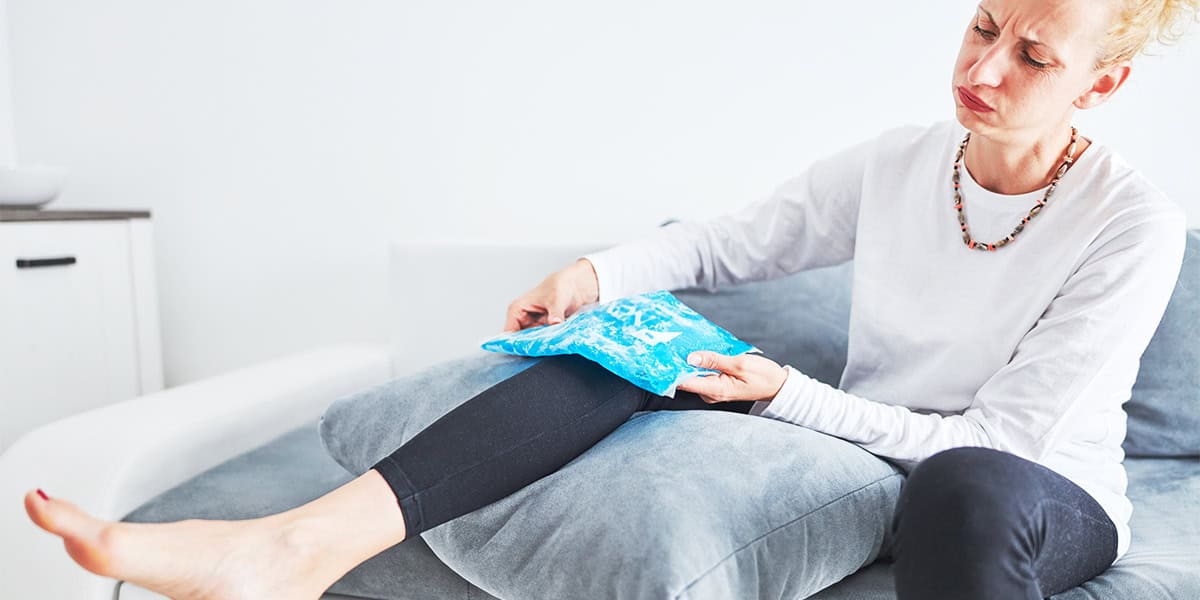
Ice
Then apply an ice pack with a damp tea towel or triangular bandage between the skin and ice, to reduce pain and swelling.
Do not leave the ice pack for more than 20 minutes and do not repeat until the skin has returned to normal temperature (generally every 2-3 hours).
There are many products that you can use for this, such as:
Compression
Apply a firm bandage to the injury to reduce swelling.
Do not tighten enough to restrict blood flow.
Elevation
Keep your injury elevated, which will also help reduce swelling in your joint.
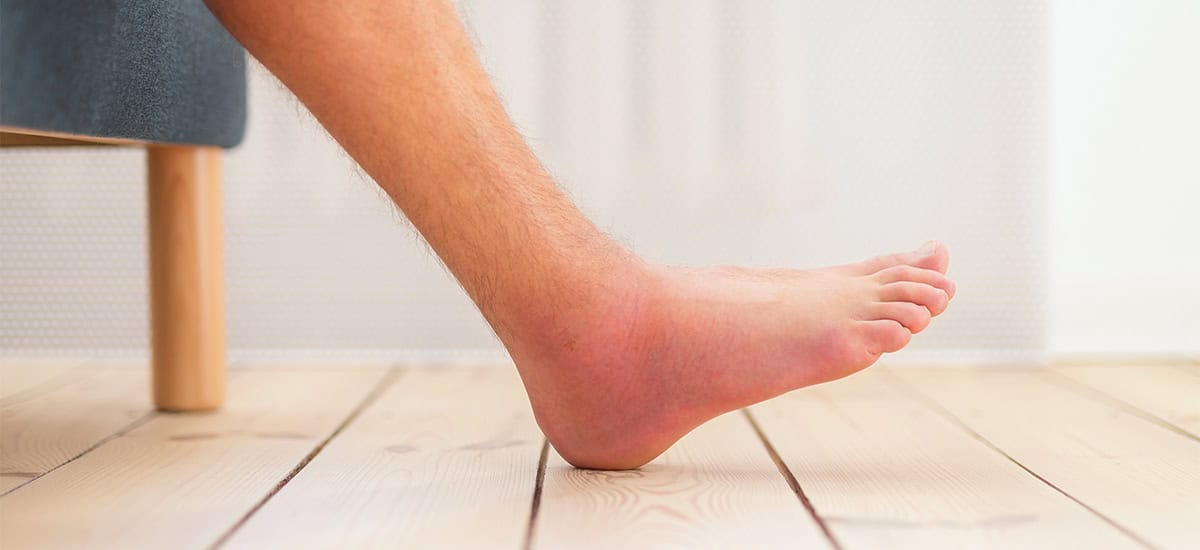
How long does a sprain take to heal
There is no set time for how long a sprain will take to heal, generally they will start to feel better within two weeks, however, it could take several months before they are completely healed.
It is recommended that you leave at least 8 weeks before doing any strenuous activity after the initial injury, and when you do return to your regular exercise routine, if the joint feels a little weak you can try strengthening it with Kinesiology Tape.
What to do if a sprain is more serious
If a sprain is more serious it is always better to be cautious. You can talk to a pharmacist, NHS 111 or your doctor and they may be able to talk to you about a different treatment plan, such as different pain medication, or physiotherapy.
If you hear a crack, the injured body part is now at a different angle to your body than before or changed shape, the body part has gone numb or tingly, or the skin around the area has changed colour, seek emergency help.
If you want more information on treating sprains, read How to Use Ice Packs and Cold Therapy to Treat Sprain and Strain Injuries, read our other blogs for more information on first aid or contact us for further advice and information on our products.
Not sure how to use a cold pack? Watch our video below:


